Steak has been a staple of hearty meals for centuries, yet myths about how to cook it and what makes it good continue to mislead even the most enthusiastic meat lovers. From claims about searing in juices to fears about eating it rare, there is no shortage of false facts that get passed around like grilling gospel. These myths might sound convincing, but many are rooted in outdated ideas or flat-out misunderstandings. Knowing the truth about steak can lead to better flavor, safer preparation, and a far more enjoyable meal. Let’s break down seven of the most common steak myths that people still believe.
Rare Steak Is Unsafe to Eat
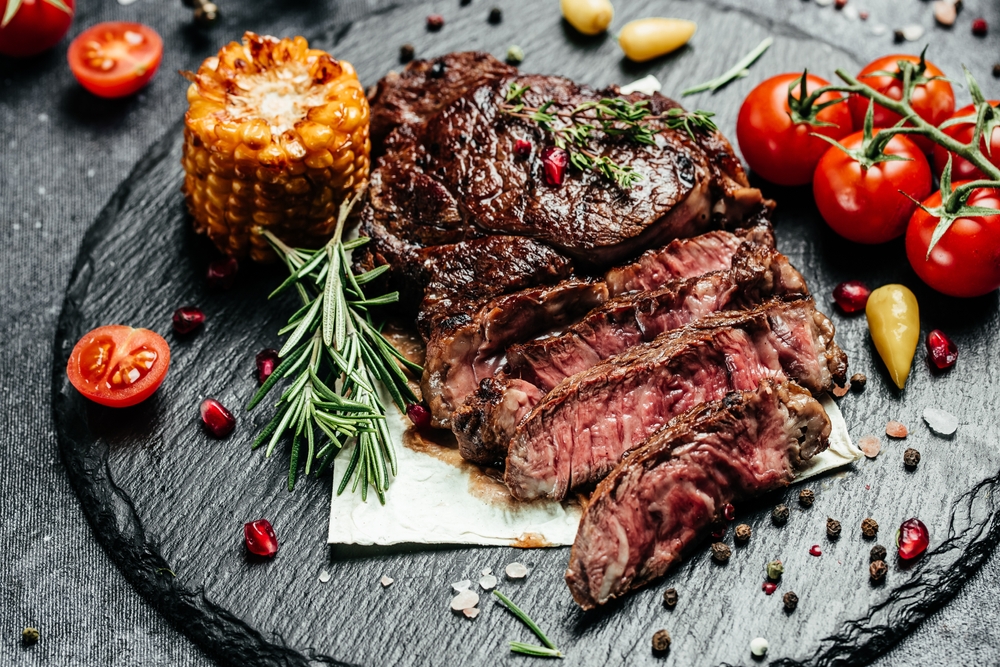
Many people believe that rare steak is dangerous because it is undercooked. This assumption is incorrect. Steak is a solid piece of muscle, and harmful bacteria typically live on the surface, not deep inside the meat. When you sear the outside properly, the high heat kills most bacteria. As long as the surface is cooked, the inside can be rare and still safe. This is why rare or medium-rare steak is commonly served in restaurants. Ground beef is different because bacteria can be mixed throughout, but a steak is much safer when left pink in the middle.
Juices Running Red Means Blood
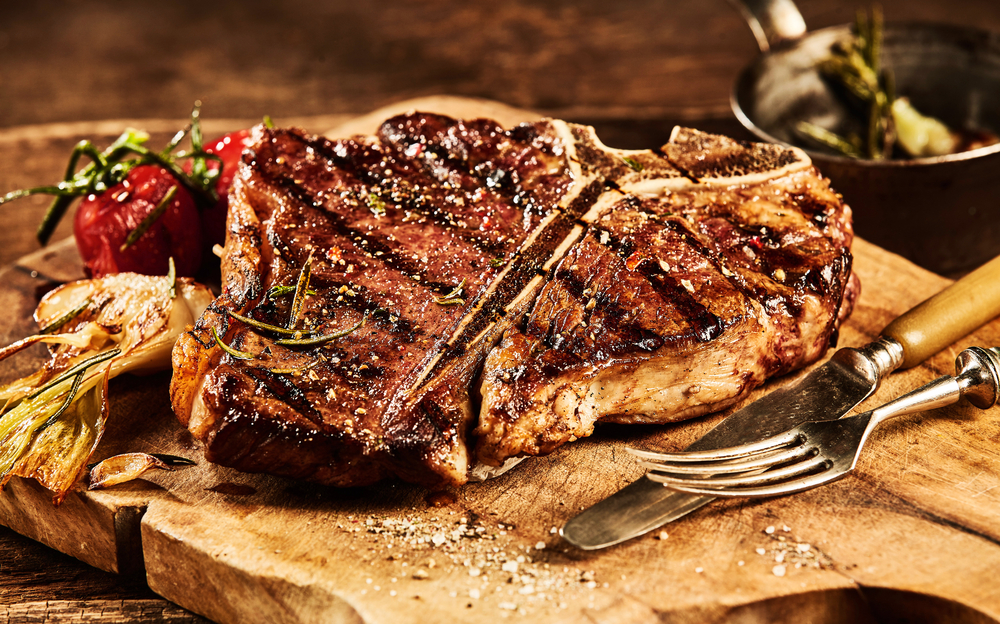
A lot of people assume the red liquid in a steak is blood. It looks similar, but it is not actually blood. That red juice is mostly water mixed with a protein called myoglobin. Myoglobin helps carry oxygen in muscle tissue and gives meat its red color. When meat is cooked, the myoglobin changes color based on temperature. That is why rare steak looks red, while well-done meat looks brown or gray. The liquid may resemble blood, but the cow is fully drained of blood during processing, and what you see is harmless and normal.
You Should Only Flip a Steak Once

The myth that you should only flip a steak once during cooking has been around for ages. Some people think flipping it too much will ruin the sear or make it cook unevenly. In reality, frequent flipping can actually help the steak cook more evenly. Turning it every 30 to 60 seconds allows both sides to get consistent exposure to the heat. This technique also reduces the chance of one side overcooking while the other stays raw. Modern chefs often recommend multiple flips to achieve a more uniform internal temperature.
Searing Locks in Juices
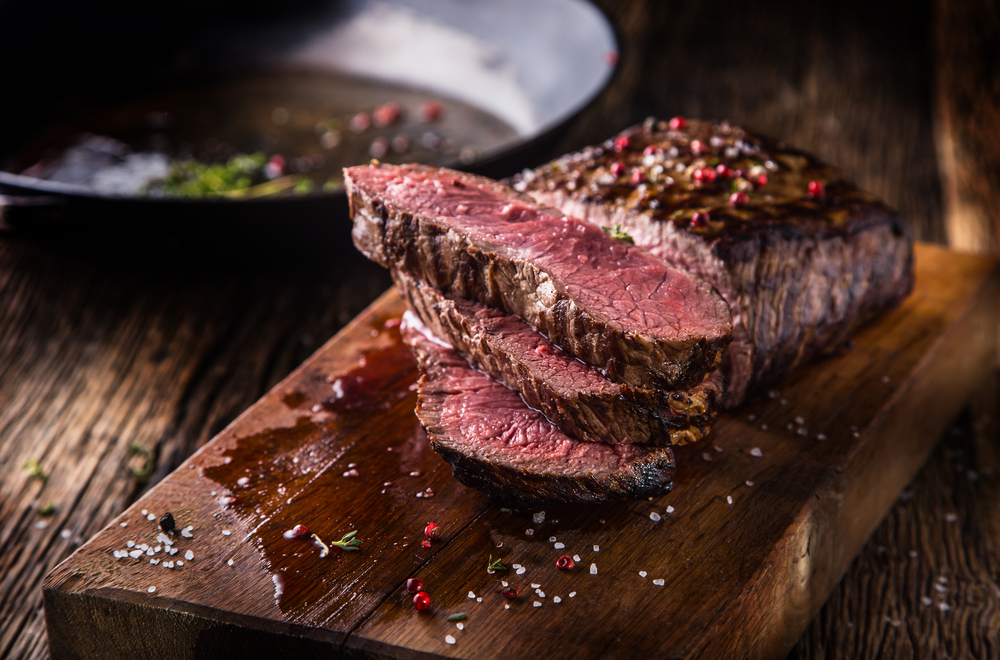
Searing steak does not trap the juices inside. This myth likely started because a well-seared steak looks caramelized and sealed on the outside. While searing gives great flavor through the Maillard reaction, it does not act like a lid for the juices. In fact, overcooking the outside can cause more moisture loss. Juiciness is mostly retained through proper temperature control and resting the meat after cooking. Letting the steak rest allows the internal juices to redistribute instead of spilling out when cut.
Read More: Turn Your Overcooked Steak Into Something Better
Steak Must Be Well-Done to Be Safe
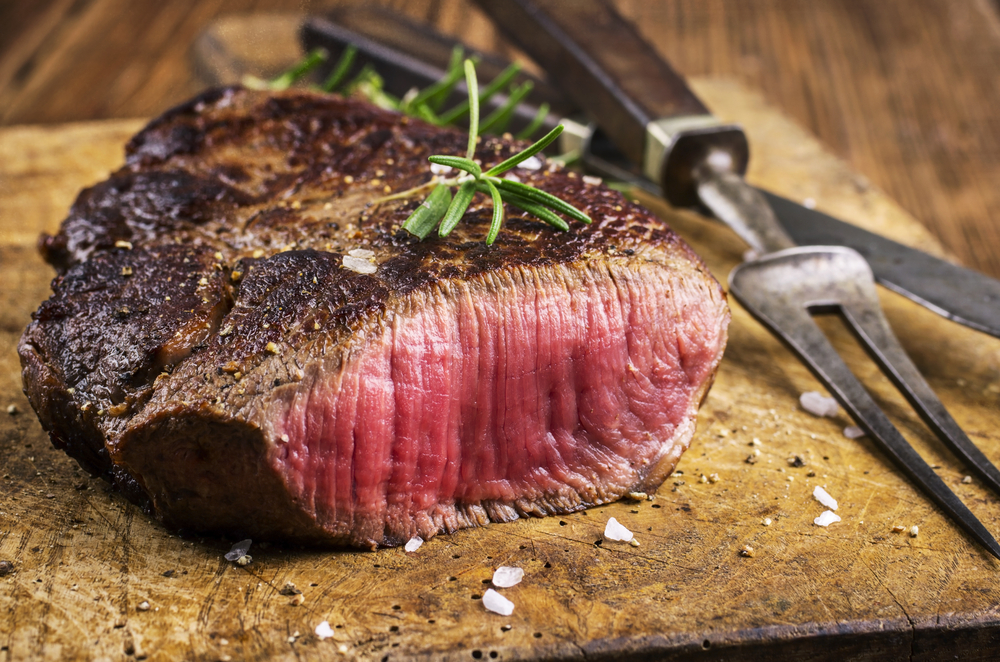
Some believe steak needs to be cooked until it is well-done to avoid illness. This is not necessary. As long as the outer surface reaches a safe temperature, the interior can remain pink. Cooking steak to medium or medium-rare is considered safe and is often preferred for better flavor and texture. Overcooked steak tends to be tough and dry because the proteins tighten and squeeze out moisture. The idea that only gray, dry steak is safe has no basis in food safety guidelines for whole cuts.
Only Expensive Cuts Taste Good
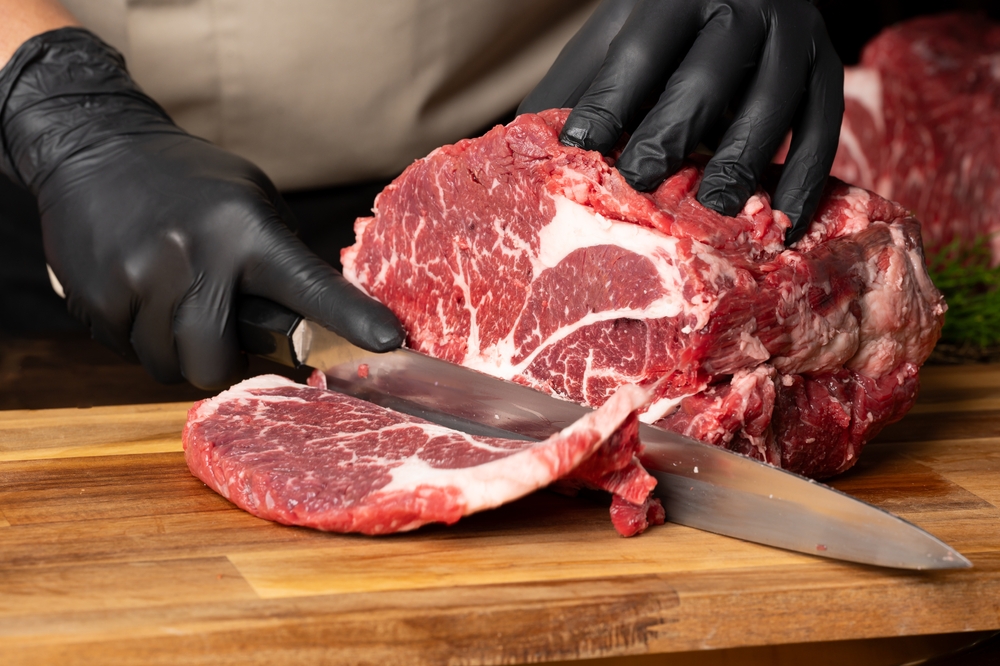
Price does not always reflect quality when it comes to steak. While tenderloin and ribeye are popular for their tenderness, cheaper cuts like flank, skirt, or chuck can be just as flavorful. These cuts may need different cooking methods such as marinating or slow cooking, but they are packed with beefy taste. In fact, many chefs prefer these cuts for their stronger flavor profile. With the right preparation, a less expensive steak can outperform a pricey one in both taste and satisfaction.
Steak Should Be Served Piping Hot

Some think steak must be eaten straight off the grill, but that is not ideal. When steak is taken off heat, it should rest for several minutes. This resting period allows the meat fibers to relax and reabsorb the juices that rushed to the surface. Cutting into a steak too soon causes all that moisture to spill out. While it might feel counterintuitive, slightly cooling the steak through resting actually improves flavor and texture. A rested steak will still be warm but will be juicier and more enjoyable to eat.
Read More: 12 Common Mistakes to Avoid at a Steakhouse
Steak Is Misunderstood
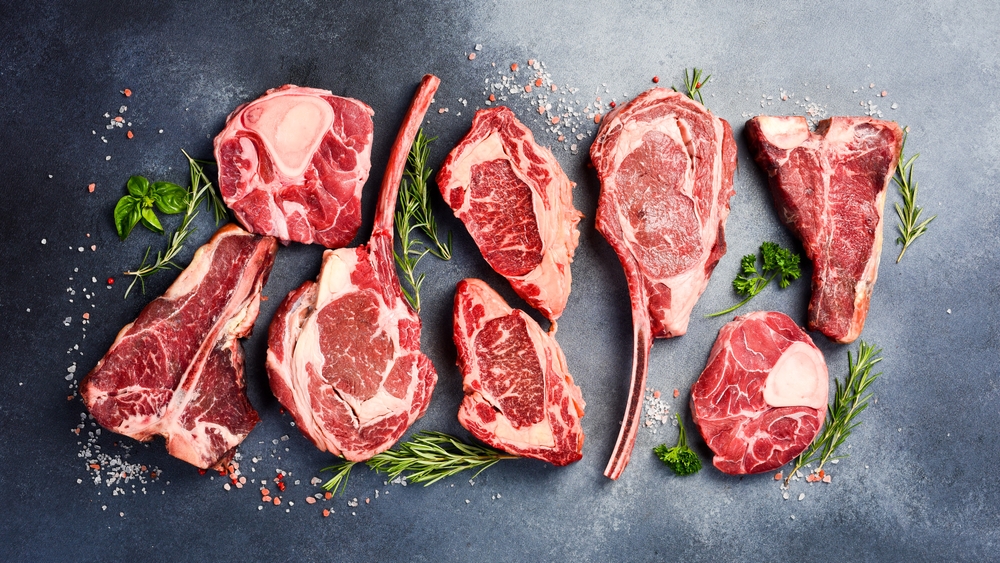
Steak is one of the most misunderstood foods on the plate. People continue to pass along myths about how it should be cooked, what makes it safe, and which cuts are best. In reality, understanding the basics of meat structure and cooking techniques reveals a lot of these beliefs are outdated or just plain wrong. From rare steaks being safe to eat to affordable cuts tasting just as good, the truth about steak is much more satisfying than the fiction. Steak lovers benefit most when they leave behind these false facts and focus on flavor, technique, and enjoyment.
Disclaimer: This article was created with AI assistance and edited by a human for accuracy and clarity.
Disclaimer: This information is not intended to be a substitute for professional medical advice, diagnosis or treatment and is for information only. Always seek the advice of your physician or another qualified health provider with any questions about your medical condition and/or current medication. Do not disregard professional medical advice or delay seeking advice or treatment because of something you have read here.
